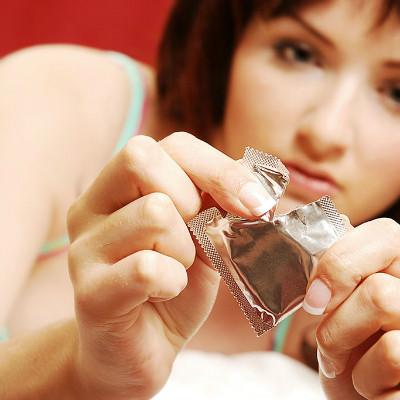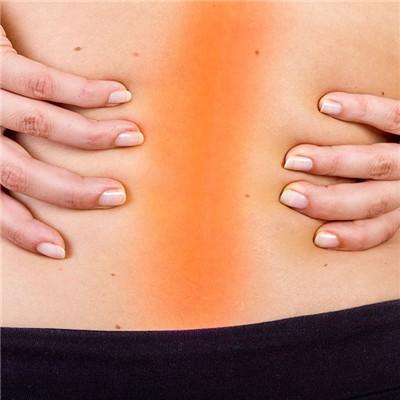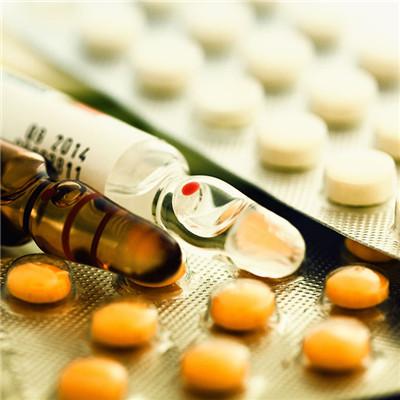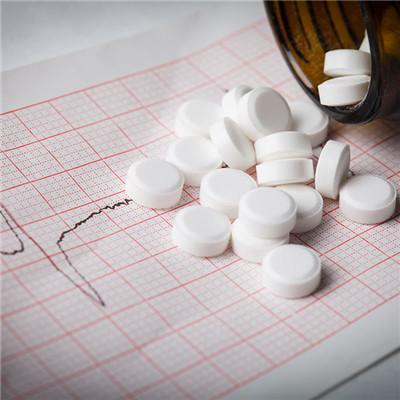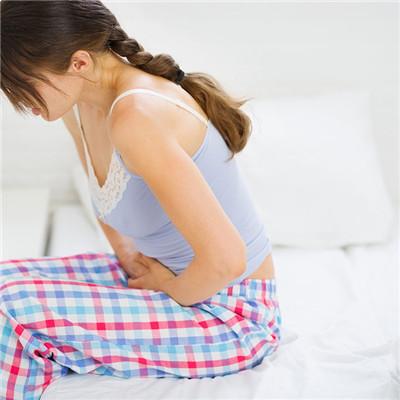Diet of acute renal failure
summary
Generally speaking, the course of acute renal failure can be divided into three stages, including oliguria, polyuria and recovery. Among them, in the recovery period of patients with renal function is gradually in the process of rehabilitation, experts suggest that this part of patients must do a good job in daily diet health care, so as to help acute renal failure recover more quickly. What should acute renal failure diet pay attention to?
Diet of acute renal failure
First of all, pay attention to the control of salt, when renal failure can not discharge water, salt, easy to cause edema and aggravate hypertension. Patients should not eat more than 5 grams of salt a day. 1 g (1 / 5 tea soup) salt = 6 / 5 tea soup soy sauce = 1 tea soup monosodium glutamate, so the above seasonings contain salt, do not add at will; sugar, scallion, ginger, garlic, etc. can be used to improve the taste. High sodium foods, such as canned products, pickled products, pickles, pickles and fast food, should be restricted. If you have a bad appetite, you don't need to limit the salt content. You should have enough nutrition before limiting the salt content.
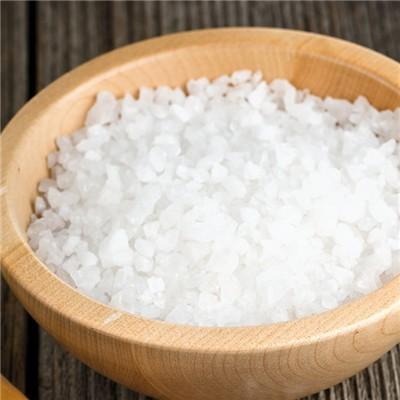
Secondly, when limiting protein intake, in order to avoid the lack of calorie intake, it will increase the production of nitrogenous waste, so we can eat more food with high calorie but very low protein to supplement. Vegetable oil (e.g. soybean, peanut oil), low protein starch (e.g. Chengfen, dabaifen, lotus root powder) and sugars (e.g. rock sugar, honey, ginger sugar, fruit sugar) are used to make various delicious snacks. The caloric intake is 30-40 kcal / kg body weight per day to avoid excessive weight loss.
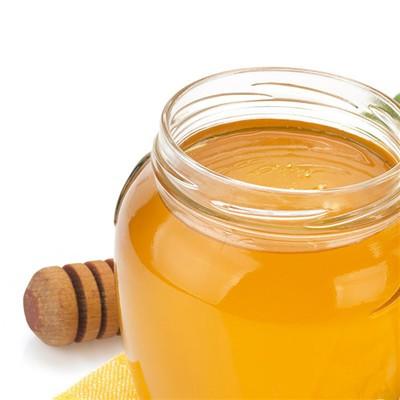
Finally, take high quality protein Patients with renal failure need to limit their protein intake in order to reduce the burden on the kidney. However, if they eat too much or too little, they will consume the body's muscles and visceral tissues. Therefore, they must eat correct and sufficient "quantity" and "quality" protein. The amount should be 1-1.2g per kilogram of body weight per day. They should take high-quality animal protein foods with high physiological value, such as fresh milk, eggs and meat. Due to the low utilization rate of plant protein in the body, more nitrogen-containing waste is produced after metabolism, so it can not be eaten arbitrarily, such as: beans (red beans, mung beans, soybeans, broad beans, soybeans, peanuts), bean products (tofu, dried beans, soymilk), gluten products (gluten, sausage, bran), nuts (melon seeds, peanuts, walnuts, cashew nuts, millet), etc. For vegetarians, the essential amino acids contained in soybean products and cereals are not enough. In order to improve the protein utilization rate of vegetarians, these foods should be used together to give full play to the complementary effect. It is better to eat egg and milk instead, and the protein should be taken according to the quantitative intake standard.
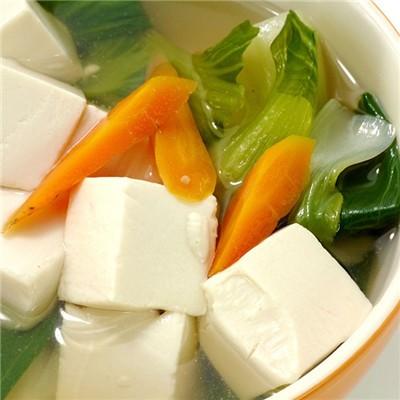
matters needing attention
1. Eat light and digestible food, avoid seafood, beef, mutton, spicy food, wine and all hair products, such as: spiced seasoning, coffee, coriander, etc. 2. Prevent cold, avoid cold, do not eat health food, tonic, in order to prevent the aggravation of fire. 3. Those with severe edema should avoid salt, limit the amount of protein food and drink less water. Edema is not heavy, can enter low sodium salt drink; no swelling, do not limit the amount of water and protein food. 4. Microscopic hematuria is very easy to get fire, drink more water, eat more apples, sugar, black sesame, Auricularia auricula and other food to nourish yin and reduce fire. 5. Those with high blood potassium should not eat high price food, such as seafood, mushroom, ham, agaric, dried fruit, cornflake, banana, orange, potato, dried radish, tea, soy sauce, monosodium glutamate, etc.

